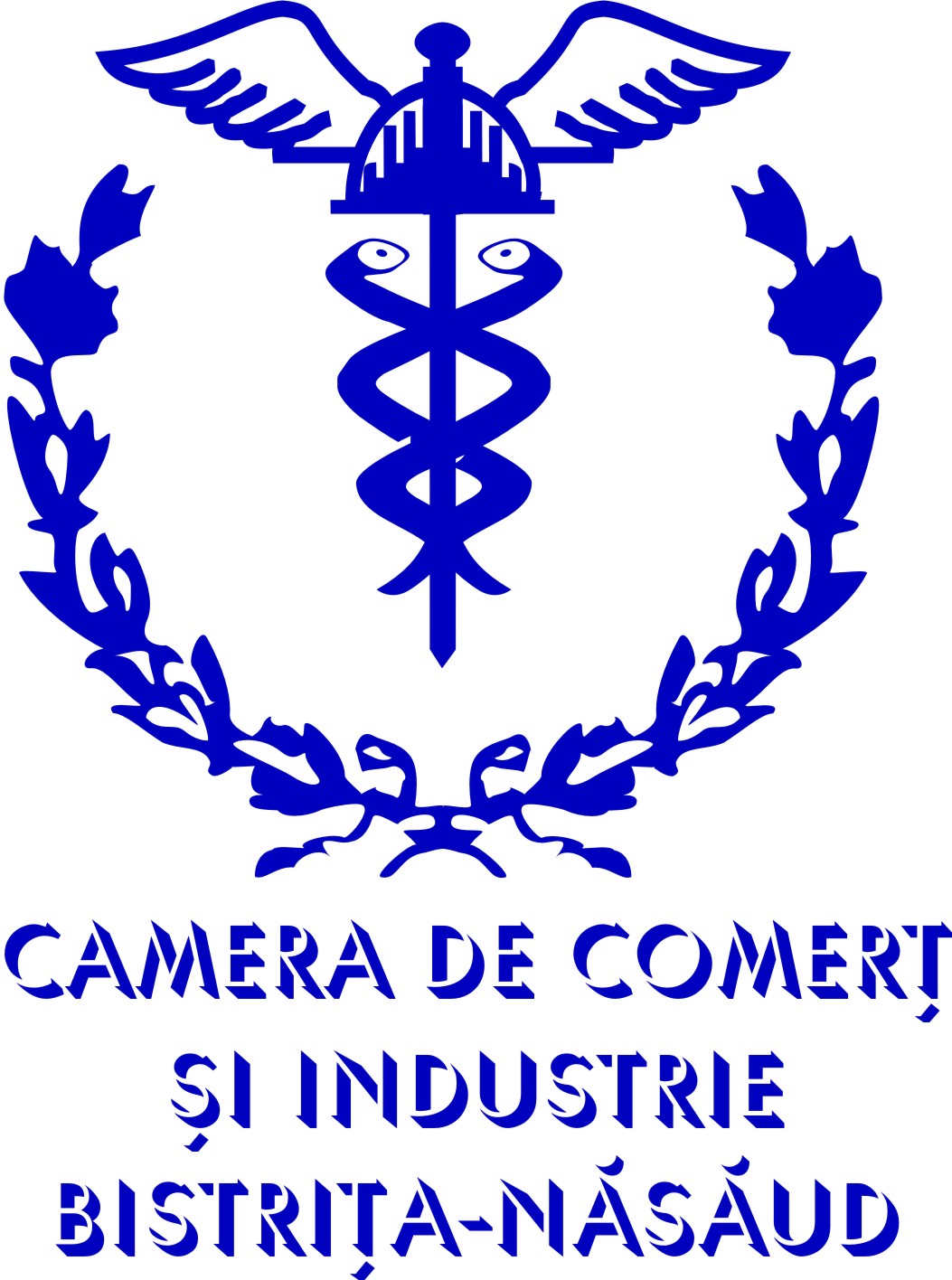The MAGIC project partners have been chosen in such a way as to ensure a good balance between experts in digital manufacturing technologies, entrepreneurship, science and engineering. The MAGIC project thus brings together a number
of EEA entities ranging from HEI, Chamber of Commerce, a private business consultancy entity that will collectively help generate a curriculum and related teaching modules so as to promote research and training in creative and innovative
technological entrepreneurship/knowledge focused on Global Digital Manufacturing for IND4.0. The idea behind the MAGIC project is a spin-off from the previous implemented project, considered as best practice by the financing body (ANPCDEFP) by the same partners entitled ARTE www.camis.pub.ro/arte/. The ARTE project dealt with explaining how the AR can be used to boost entrepreneurial spirit for technically educated persons, via a specific interdisciplinary module common both to IS and RO and strengthened cooperation between the University of Akureyri, Iceland and University Politehnica of Bucharest, Romania, both partners in this present proposal.
University Politehnica of Bucharest is the largest Technical University in Romania greatly contributing to the development of Higher Education. It has a vast range of expertise in CAD/CAM technologies for innovation and creativity in Technical Engineering, these concepts being taught to students for several years. CAD/CAM technologies constituted an integral part in the training process of a technical engineer. The academic and technical staffs of one of its centers - CAMIS has experience in CAD/CAM and ICT technologies concepts. The CAMIS centre has a vast experience with EU projects. CAMIS centre was involved in Longlife Learning projects with highly appreciated results by the target audiences and end-users, including in the area of AR such as “Joyful adult training using augmented reality”(JOYAR) GRU-12-P-LP-74-B-CZ, Grundtvig Partnerships, 2012-2014; “European SMEs in Computer Aided Industrial Design(euCAD)”, 142514-LLP-1-2008-1-RO-LEONARDO-LMP, Leonardo da Vinci Multilateral Project - Development of Innovation, 277534 Euro, 2008-2010; “Transfer Of Best-Practice & Innovation in CAD for Logistics Stakeholders”(LOGICAD), 2012-1-ES1-LEO05-48228, Leonardo da Vinci Programme, Transfer of innovation (TOI), 2012-2014.
The University of Akureyri (UNAK) currently operates in three schools: School of Humanities and Social Sciences, School of Health Sciences and School of Business and Science. UNAK has emphasized on offering on-line and flexible learning and currently 46% of the students are distance learners through recordings and study material uploaded on a Moodle platform, video-conferencing together with on-campus work weeks. Of relevance to the ARTE project is that UNAK’s future vision (Strategy 2012-2017) states that “The university is particularly keen to utilise the possibilities of phase structured and flexible courses, as well as of traditional on-campus courses, encouraging cooperation with knowledge centres which operate in rural areas and which are a source of innovation and entrepreneurship”. Furthermore, the strategy states that in order to grow as an educational community, UNAK plans to “-follow the latest developments in information technology and upgrade technical equipment for study and teaching; -Train and support teachers in order to improve their skills in educational studies, teaching techniques and syllabus creation, especially pertaining to phase structured and flexible studies in active cooperation with domestic and foreign specialists”. UNAK will thus contribute to the curriculum design and testing of the ARTE courseware.
MECB a corporate member of the Malta Chamber of Commerce, Enterprise & Industry is a technical consultancy bureau providing specialized training and technical support services including mentoring in a range of technologies and methodologies including AR. MECB has experience in a number of EU funded projects including being member of the Steering Committee and leading Work packages such as in JoyAR (Joyful Adult Training using Augmented Reality, www.mecb.com.mt/joyar, Grundtvig Partnership Grant of Eur 16,500, running from 1/8/2012-31/7/2014), PYE (Promote Youth Entrepreneurship, www.mecb.com.mt/pye, Leonardo da Vinci Partnership, Eur 16,500 running from 1/8/2012 - 31/7/2014) and euCAD (Amplifying Skills for EUropean SMEs in Computer Aided Industrial Design, www.mecb.com.mt/eucad, LdV Project, Total Grant of Eur 375,0000 running from 1/11/2008 - 31/10/2010). MECB will be instrumental in providing AR expertise in the ARTE project.
The Chamber of Commerce and Industry of Bistrita Nasaud County (CCI BN) is an independent, non-governmental entity, being involved in business development, business consulting, training and project management areas of specific expertise and competence. CCI BN is certified as a Technological Transfer Centre and has close working relations with Enterprise Europe Network. The Chamber is part of Romanian Chambers of Commerce and Industry Network having 41 members all over the Country. The Chamber host Bistrita Europe Direct Information Centre having access to a network of around 500 Centres along Europe. More information www.cciabn.ro. Of relevance to ARTE is that CCI BN has experience in several EU cooperation projects such as: European Social Fund, Leonardo da Vinci, Grundtvig, Phare, USAID, UNCTAD, GTZ, Asia Invest, FP6 and European Social Fund. CCIBN has experience in a number of EU projects related to entrepreneurship and business skills including : BIS NET, European Social Fund, 2007-2010, “Regions for Jobs”, European Social Fund, 2010-2013; HENGE, Longlife learning project, 2011-2013; EU4US, Longlife learning project, 2010-2012.








 www.camis.pub.ro
www.camis.pub.ro
 www.mecb.com.mt
www.mecb.com.mt www.cciabn.ro
www.cciabn.ro 


